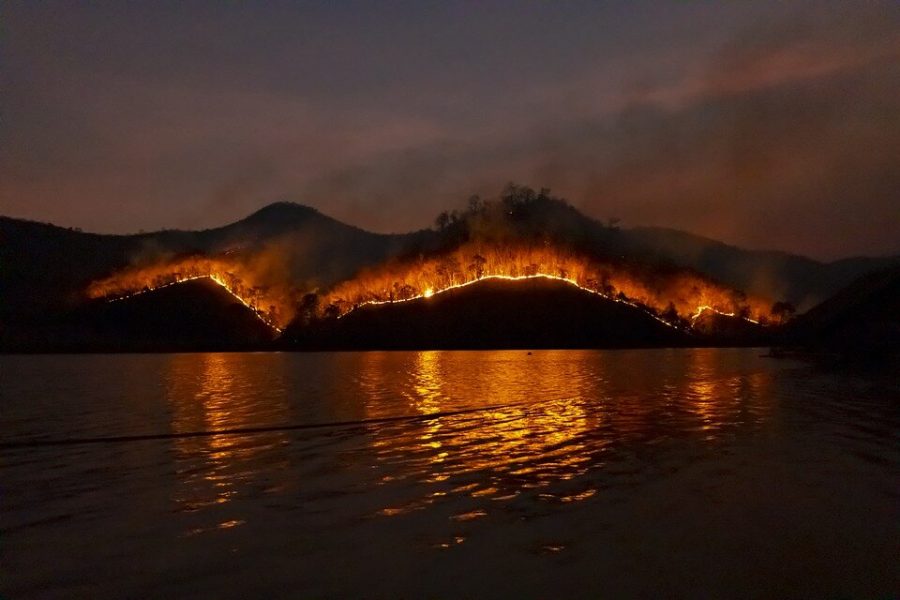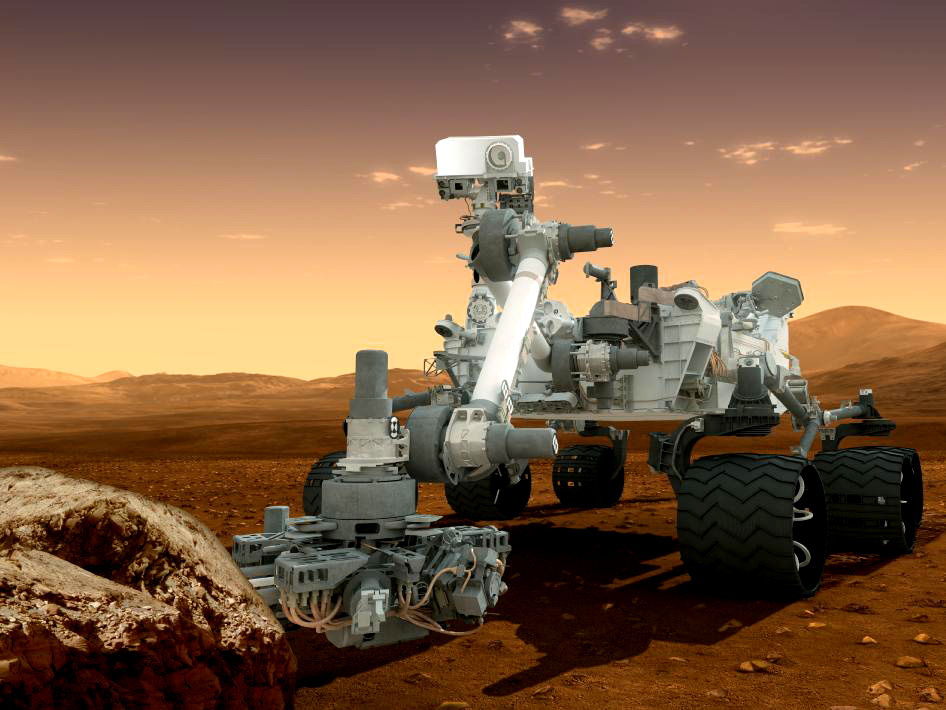Although it took six months for the Australian wildfires to finally die down, researchers are beginning to prepare for future fires.
Analysts and scientists are using programs such as Phoenix RapidFire to predict which areas are at higher risk of wildfires and observe fire behavior patterns. The New South Wales Rural Fire Service uses these programs when wildfires appear and communicates with regional teams to decide on the best method to contain and extinguish them.
While water-bombing helicopters, trucks and firefighters are all forms of fighting these fires, each have their own limitations. Decision making is crucial in the heat of the moment and utilizing Phoenix RapidFire to determine high-risk areas could be critical in effectively battling wildfires.
Another software, Spark, developed by the Commonwealth Scientific and Industrial Research Organization, seeks to build on what Phoenix has done. The use of both Spark and Phoenix coincides with the implementation of drones to survey areas where fires may start. “For the moment, drones are used mainly to monitor grassland fires,” according to The New York Times.
The downside of using drones is their inability to navigate forests due to high levels of heat that can damage the aircraft .Smaller drones, autonomous micro aerial vehicles, can navigate into tighter areas without any personnel assistance. The addition of an infrared sensor is in the works and would allow the drones to read the heat level of plants and vegetation to figure out the stress level plants get from the fires. Unfortunately, the sensor is too big for drones to handle but can be a promising feature.
These drones can be critical to determining areas in which wildfires can originate. NASA has shown interest in using these types of drones for planetary exploration.
The Jet Propulsion Laboratory located in Pasadena, CA, proposes improving drones, rovers and satellites with artificial intelligence. To send drones with the capability of sustaining high temperatures could help space exploration and wildfire management in Australia exponentially.
These innovations in technology do not stop there. A program called Fire Regime Operations Simulation Tool will be able to portray future fire behavior for the next century. While the trial tests for the program will begin next year, there is an urgent need for technology that can anticipate wildfires and reduce their damage to Australia’s ecosystem.
The blistering heat from the wildfires earlier this year in Australia has caused the endangerment of several species of trees. One species, alpine ash, has wood that easily catches fire and takes a long time to reach maturity, putting them at a major threat of endangerment.
The aftermath of the last stretch of wildfires can seem overwhelming, but the hardships can be extinguished by researchers and advancements in technology.








